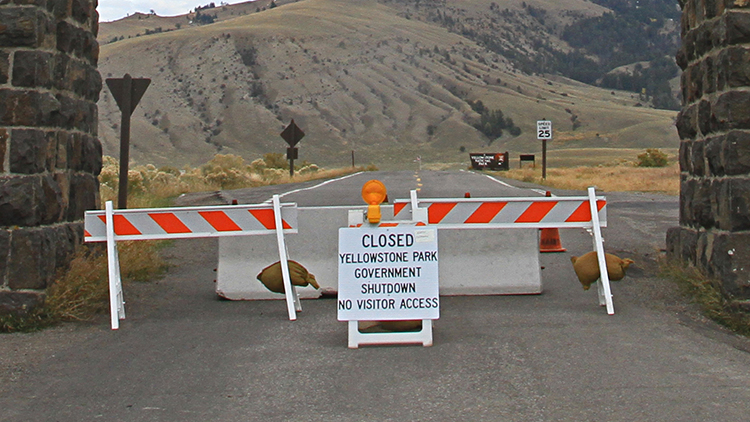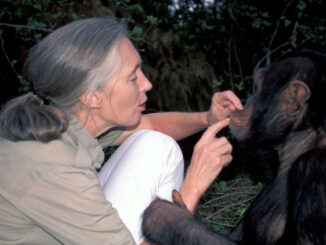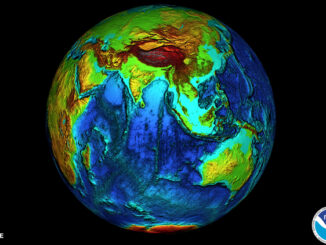
Can you imagine a storm the size of Texas? Hurricane Irma was that big! The storm developed on August 30th off the coast of Africa. Hurricane categories range from one to five based on wind speed. As Irma traveled across the Atlantic Ocean, its strength grew into a Category Five hurricane with wind speeds of 157 mph or higher. Irma caused cataclysmic [extremely violent] damage.
Irma’s strength peaked on September 6th, when wind speeds reached 185 miles per hour. That same day, the storm slammed into the island of Barbuda in the Caribbean. In the following days, the storm struck several British Virgin Islands, Puerto Rico, the Bahamas, and Cuba. Many people on these islands were unable to leave. They left their homes for shelters, where there was hope for safety. However, there was often little drinking water and no electricity. Homes, hospitals and roads were destroyed. It will take years for some of these countries to recover.
Irma lost some strength, and was downgraded to a Category Four. A Category Four hurricane has wind speeds between 130mph and 156mph. On September 10th, Irma struck the southern tip of Florida. The governor of Florida told more than six million people they must evacuate [leave and go to safety]. The storm continued along the west coast of the state. Luckily, Irma was downgraded again to a Category Three. Many buildings and homes were flooded and there was much devastation, but the storm wasn’t as deadly as predicted.
Hurricane Irma came just weeks after Hurricane Harvey struck southeastern Texas, and together they marked the first time two Category Four storms hit the United States in the same year. Then on September 20th, a new Category Five hurricane struck the Caribbean. Hurricane Maria greatly damaged the US territory of Puerto Rico. It is still without power and many supplies.
The government is working to help all areas affected. Many countries have stepped in to help the islands hurt by Hurricanes Irma and Maria. Money, food, water, troops, and supplies have been sent over to support the survivors.
What Can You Do? Many animal shelters across the United States have taken in four-legged survivors of the hurricanes. If your family isn’t looking for a new pet, ask if you can volunteer at the shelter. Encourage friends or family living in hurricane-prone areas to make a plan in case another storm strikes.
Photo Credit: Brian Blanco/Stringer/Getty Images



